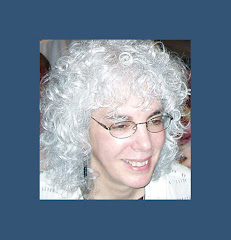The second pain management clinic I went to, in June 2000, in one of the major
Boston, Harvard-affiliated teaching hospitals, was overcrowded and dingy.
The tired olive walls of the waiting area made the orange plastic chairs that circled the room all the more jarring.
The thick haze of pain coming from the crowd of patients made it hard to breathe.
Everywhere I tried to rest my eyes I saw clenched jaws and jiggling feet and silent tears.
My chronic pain was at a
high point, and I was at a low point in my search for relief.
I stopped my own jiggling and clenching for a moment and noticed that the woman sitting next to me seemed unusually serene.
Her hands were resting quietly in her lap and her eyes were focused on some invisible point beyond the agitation around her.
To both our surprise, I turned to her and said, “You seem to have a calmness that doesn’t come from overmedication. How do you do it?” To my surprise, she answered, “I always have hope.” She chuckled and added, “I also have chronic back pain and quite possibly a brain tumor.” I asked her to tell me where she finds her hope. I really wanted to know because I had yet again been disappointed by all the treatment options I could fathom to address my mysterious chronic pain condition and was dipping into the muck at the bottom of the depression barrel.
She said that there is always something to be hopeful about, no matter what condition you’re in.
When you have health, you can be hopeful about having any of your dreams come true.
Once your body fails you, you can rest your hope in your emotions.
You can hope that you will still feel love and compassion for others, and for yourself.
If your emotions become emptied, you still have your spirit, and you can hope to connect to something greater than yourself, something that has a light to shine on your shadows.
And when the spirit is gone, then you have already become something else, and who knows what hopes await you there.
We had this conversation over seven years ago.
Thanks to my husband, my dog, and western and alternative medicine, I am relatively pain-free. I never knew what happened to that woman in the waiting room, but I can still hear the assurance in her voice. And I have learned that there is always something to be hopeful about -- you just have to keep looking.


2 comments:
This is profoundly moving and a life lesson for all of us.Thank you for sharing the words of this unknown guide.
"Hope is a good thing, maybe the best of things and no good thing ever dies."
Red
Shawshank Redemption
Saw that movie when I was in the Seattle pain clinic undergoing an eval for a synchromed pump in 1995.
Post a Comment